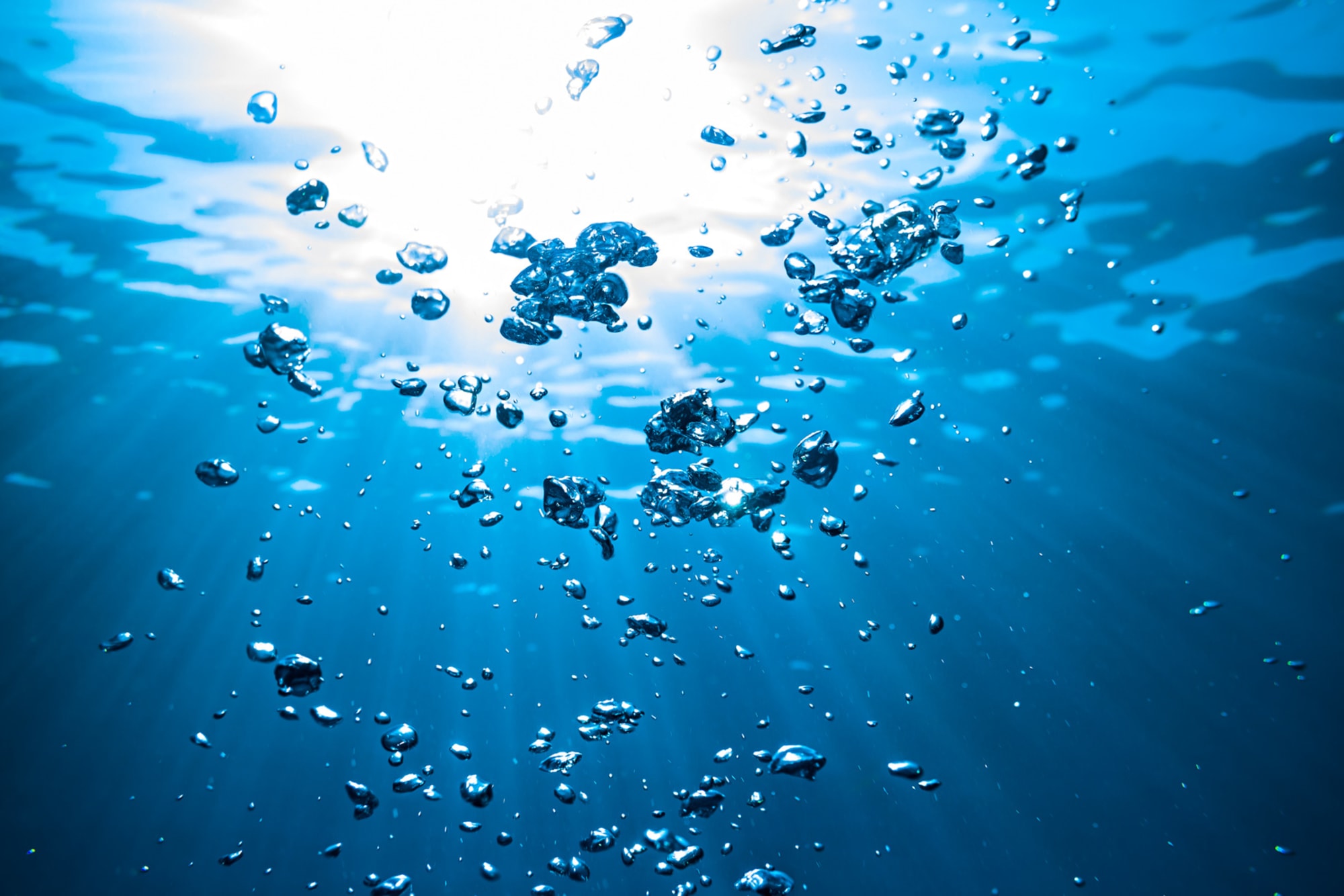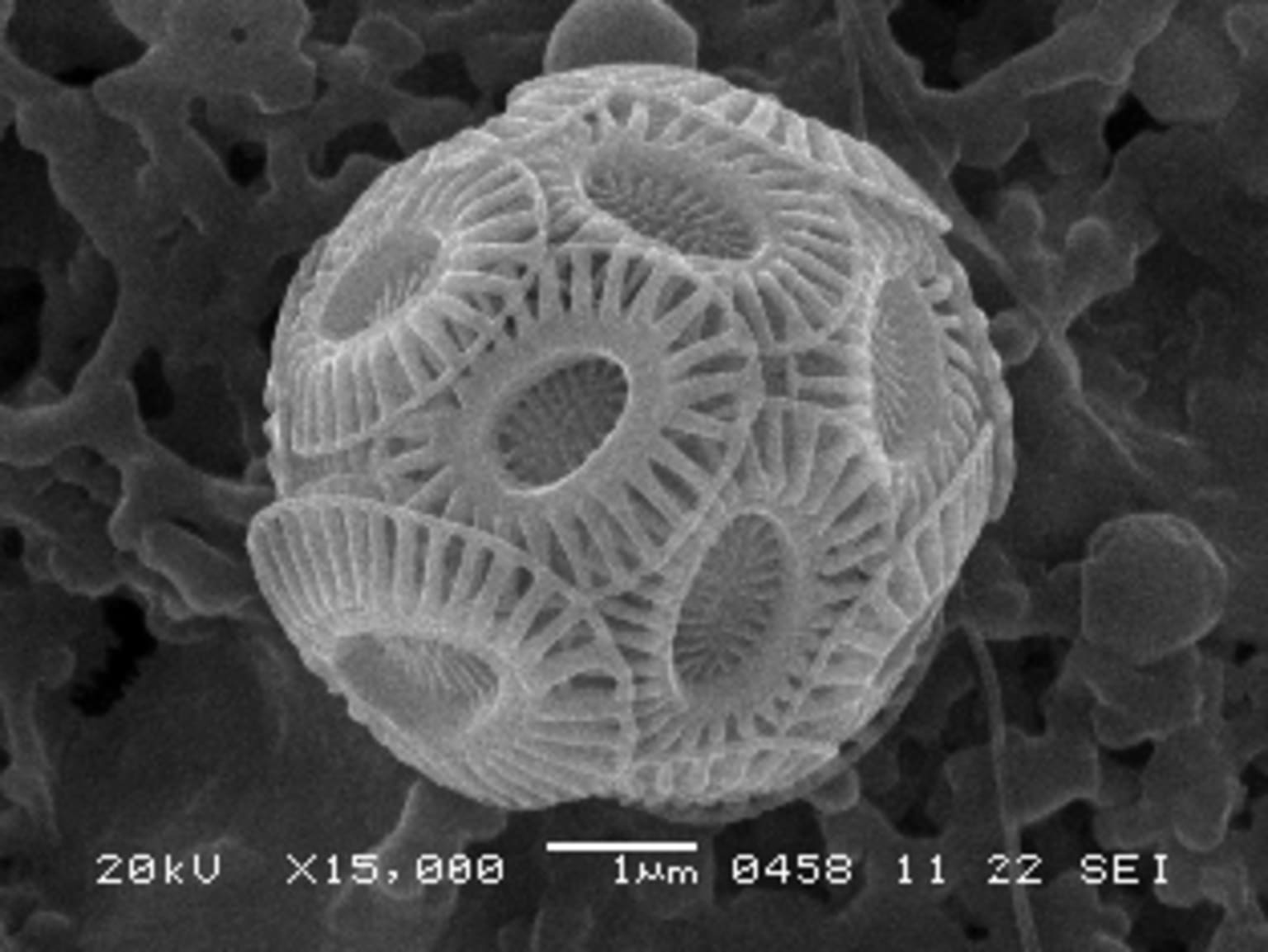
Deep-C Gathers & Shares Data on Plankton Communities


Scanning Electron Microscope image of Emiliana sp., a coccolithophore plankton found in the Gulf of Mexico. Photo Credit: James Nienow, 2014.
Since September 2011, scientists working with the Deep-C (Deep Sea to Coast Connectivity in the Eastern Gulf of Mexico) Consortium have been gathering data to determine how both natural and man-made factors impact phytoplankton, the microscopic organisms at the base of the food chain and key indicators of ecosystem changes.
The shelf and plankton ecology research team, which includes representatives from Florida State University, University of West Florida and Valdosta State University, has joined in 19 cruises in the northeastern Gulf of Mexico since 2011. Their goals is to collect and analyze plankton samples for residual hydrocarbons from the Deepwater Horizon oil spill, provide a time series of hydrographic, water chemistry, sediment and plankton data to serve as a baseline for future research, and to document the physical and biological seasonal dynamics for the offshore shelf of the Florida Planhandle Bight and the head of the DeSoto Canyon.
Dr. James Nienow, Professor of Biology at Valdosta State University, has created seven datasets from the information obtained on the cruises.
GRIIDC: How can researchers use your datasets that are available through the GRIIDC website?
Nienow: We hope they will use them to help validate their models, test hypotheses concerning water movements in area, and as inputs into models of the marine ecosystems.
GRIIDC: What challenges does your lab face in organizing and managing data? How do you overcome these challenges?
Nienow: Our challenges are similar to everyone else’s. Fortunately, all the images we generate now begin as digital files, and no longer need to be scanned before archiving. These are maintained in multiple copies on CDs and external hard drives. All of our photo logbooks are electronic as well, which saves having to transfer from paper files to electronic databases. On the other hand, all our sample logbooks, counts and chemical analyses still begin as paper copies that must be entered into an electronic spreadsheet or database at some point. Scheduling the time to enter the data is always an issue, especially at undergraduate institutions like VSU. We also have to be sure the names associated with photos in the photo logs and in the count books match. The initial IDs sometimes have to be changed as additional information is acquired.
GRIIDC: What tips do you have for researchers managing similar data?
Nienow: Probably nothing that other researchers aren’t already doing. I did find it extremely useful to start a conversation with the data management team concerning the types of data we would generate and the format of metadata early in the process. We now make a concerted effort to associate as much information concerning the source of a sample as possible with each product. This includes archived samples, prepared slides and SEM stubs (SEM stubs are a special problem since they are too small to attach a label directly), micrographs, counts, and chemical analyses. Everything is then tied to the original collection.
GRIIDC: Describe your experience level with data sharing. Are you just starting to share your data, or have you been sharing data for a long time?
Nienow: I am a novice at this level of data sharing. Usually I am just involved in sharing among fairly close-knit groups, or in response to a direct request.
GRIIDC: What is your perspective on sharing data?
Nienow: I am completely open to sharing data. In my view, we are all working toward the same goal, increasing our understanding of biological systems. If I collect a bit a data that can help someone else make progress, they are welcome to it. I do like to have the time to make sure what I am providing is as accurate as I can make it. It is also nice for there to be some sort of recognition of where the data came from.